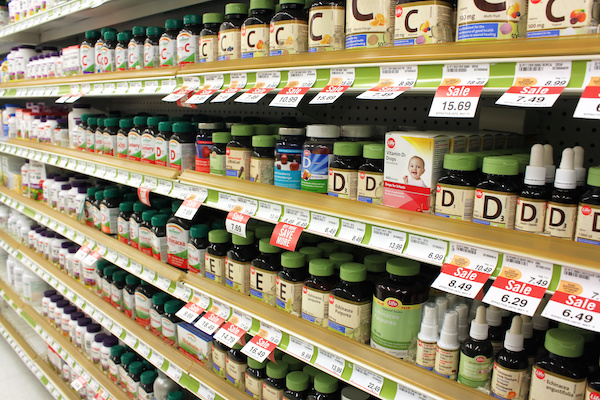
TUESDAY, Dec. 29 (HealthDay News) — The incorrect use of a disinfectant could cause some germs to develop resistance to antibiotics, new research suggests.
However, the findings haven’t been proven outside of the laboratory and they don’t suggest that there’s anything wrong with disinfectants that are used properly. “It is OK to use disinfectants. Just don’t misuse or overuse them,” said study co-author Gerard T.A. Fleming.
It’s well-known that the widespread use of antibiotics is thought to be making germs stronger because some bacteria learn how to bypass the drugs. In the new study, researchers sought to find out if a disinfectant could have a similar effect on a germ called Pseudomonas aeruginosa, which can cause disease in people with compromised immune systems and is a significant cause of hospital-acquired infections.
The disinfectant, known as benzalkonium chloride, is used in a variety of skin cleansers and disinfectant products along with face creams and spermicides, said Fleming, a scientist at the National University of Ireland in Galway. “It is seen as a good disinfectant in that it generally does not harm if it comes into contact with skin,” he explained.
In the laboratory, researchers added low levels of the disinfectant to a solution that included the bacteria. The findings are published in the January issue of the journal Microbiology.
The researchers found that the bacteria mutated and became resistant to the powerful antibiotic known as ciprofloxacin (Cipro) after being exposed to the disinfectant. Cipro is best known as a drug used to treat people exposed to anthrax.
The bacteria also became resistant to the disinfectant.
There is a caveat to the research: It took place in the laboratory, not in a home or a hospital, where the germ in question is most likely to cause problems. The study doesn’t conclusively demonstrate what would happen in “the real environment,” cautioned Dr. Pascal James Imperato, a professor at State University of New York Downstate Medical Center School of Public Health.
Still, “the study clearly demonstrates the need for further research into this area,” Imperato said.
The findings indicate that people should use disinfectants at the correct level and “not be tempted to dilute them down so that they go further in an attempt to save money,” Fleming said. “Disinfectants work at the concentration stated on the bottle, but if they are diluted to a level where microorganisms can evolve, resistance can build up.”
Also, it’s important to give disinfectants time to work, he noted.
“I am concerned that if we do not use disinfectants properly in the home, that we might be affording microorganisms the opportunity of building up resistance to disinfectants and antibiotics,” Fleming said.
“To put it simply, disinfectants are our first line of defense against harmful germs,” Fleming added. “Antibiotics are our second line of defense in case of infection. Our study has shown that it is possible to corrupt the first and second line of defense. What then are we left with?”
Another study that was released last week illustrates the seriousness of the problem.
Researchers from a Washington, D.C.-based project funded by the Robert Wood Johnson Foundation reported that a particularly resistant bacteria is flourishing in hospitals across the country.
Poring over records from 300 hospitals, the scientists found there was more than a 300 percent increase in the proportion of Acinetobacter cases resistant to the last-resort antibiotic imipenem (Primaxin) between 1999 and 2006.
These infections, which typically surface in patients in intensive care units, usually lead to severe pneumonias or bloodstream infections, and even powerful antibiotics can’t always stop the infection.
The study, reported online Dec. 23 in the journal Infection Control and Hospital Epidemiology, will appear in the journal’s February print edition.
More information
Learn more about antibacterial resistance from the U.S. Centers for Disease Control and Prevention.

